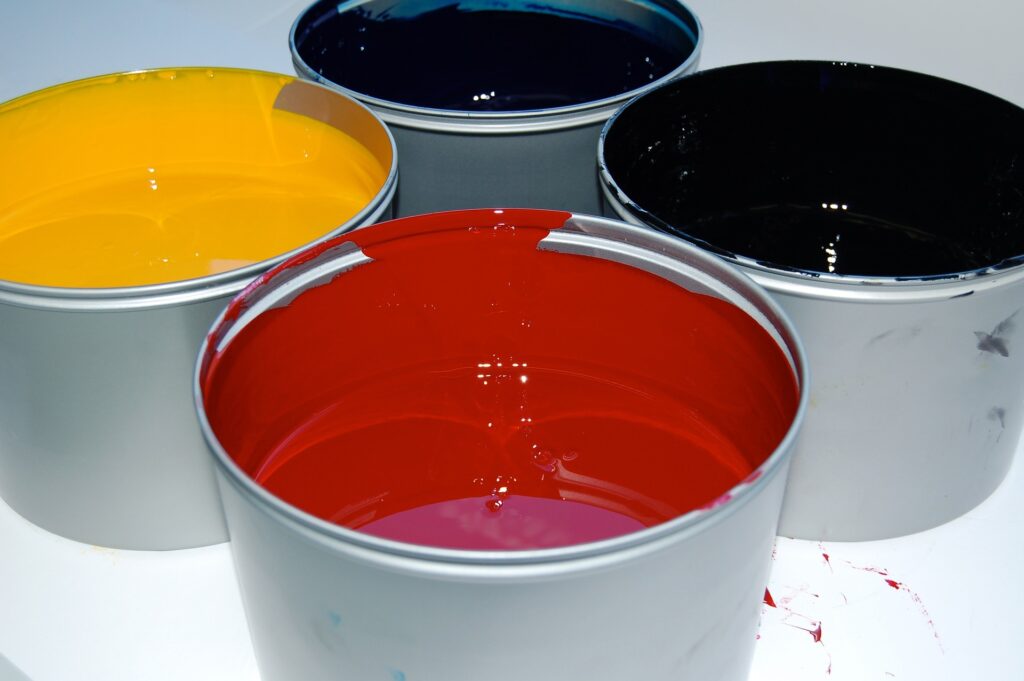There are numerous chemicals in the indoor environment. Some are hazardous if present and some would be considered hazards at certain thresholds. The most common chemicals in non-manufacturing buildings and homes are discussed below.
Volatile organic compounds, often abbreviated VOCs are emitted as gases from certain solids or liquids. VOCs include a variety of chemicals, some of which may have short- and long-term adverse health effects.
- Concentrations of VOCs are consistently higher indoors (up to ten times higher) than outdoors. VOCs are emitted by a wide array of products.
- Sources include but aren’t limited to:
- Paints, paint strippers and other solvents
- Wood preservatives
- Aerosol sprays
- Cleansers, disinfectants and air fresheners
- Stored fuels and automotive products
- Hobby supplies including 3-D printers
- Dry-cleaned clothing
- Pesticides
- Building materials and furnishings
- Office equipment such as copiers and printers, correction fluids and carbonless copy paper
- Graphics and craft materials including glues and adhesives, permanent markers and photographic solutions.
- Health Effects include:
- Eye, nose and throat irritation
- Headaches, loss of coordination and nausea
- Damage to liver, kidney and central nervous system
- Some organics can cause cancer in animals, some are suspected or known to cause cancer in humans.
- Key signs or symptoms associated with exposure to VOCs include:
- Conjunctival irritation
- Nose and throat discomfort
- Headache
- Allergic skin reaction
- Dyspnea
- Declines in serum cholinesterase levels
- Nausea
- Emesis
- Epistaxis
- Fatigue
- Dizziness
- Visual disorders and memory impairment
- The ability of organic chemicals to cause health effects varies greatly from those that are highly toxic, to those with no known health effect. As with other pollutants, the extent and nature of the health effect will depend on many factors including level of exposure and length of time exposed. https://www.epa.gov/indoor-air-quality-iaq/volatile-organic-compounds-impact-indoor-air-quality
- Source: https://www.epa.gov/indoor-air-quality-iaq/volatile-organic-compounds-impact-indoor-air-quality
Formaldehyde is a carcinogen. Indoor sources may be combustion processes such as smoking, heating, cooking, or candle or incense burning. However, major sources are building materials and consumer products. Formaldehyde sources in indoor environments include:
Furniture and wooden products containing formaldehyde-based resins such as particleboard and/or plywood; insulating materials (in the early 1980s, urea formaldehyde foam insulation was a major source of indoor pollution); textiles; building materials such as paints, wallpapers, glues, adhesives, varnishes and lacquers; household cleaning products such as detergents, disinfectants, softeners, carpet cleaners and shoe products; cosmetics such as liquid soaps, shampoos, nail varnishes and nail hardeners; electronic equipment, including computers and photocopiers; and other consumer items such as insecticides and paper products.
Formaldehyde, like mold spores, is ubiquitously found in the environment. Secondary formation of formaldehyde occurs in air through the oxidation of VOCs and reactions between ozone (mainly from outdoors) and alkenes (especially terpenes) have been widely described. The contribution of these secondary chemical processes to the ambient and indoor concentrations is still not fully quantified.
Formaldehyde, similar to VOCs, concentrations in dwellings vary according to:
- The age of the building, since the release of formaldehyde decreases with time
- Temperature and relative humidity
- The air exchange rate
- The season
Formaldehyde can impact children more as formaldehyde is denser than air.
Radon is also a carcinogen. It is an odorless gas that comes from the soil. Radon concentrations are highest on the lowest levels of a building. The soil composition can vary greatly in a small area so no assumptions can be made for buildings in close proximity. Testing is the only way to determine levels of radon. More homes than not in the local area exceed the EPA regulated threshold. It is recommended for every school, home, and building to be tested.

